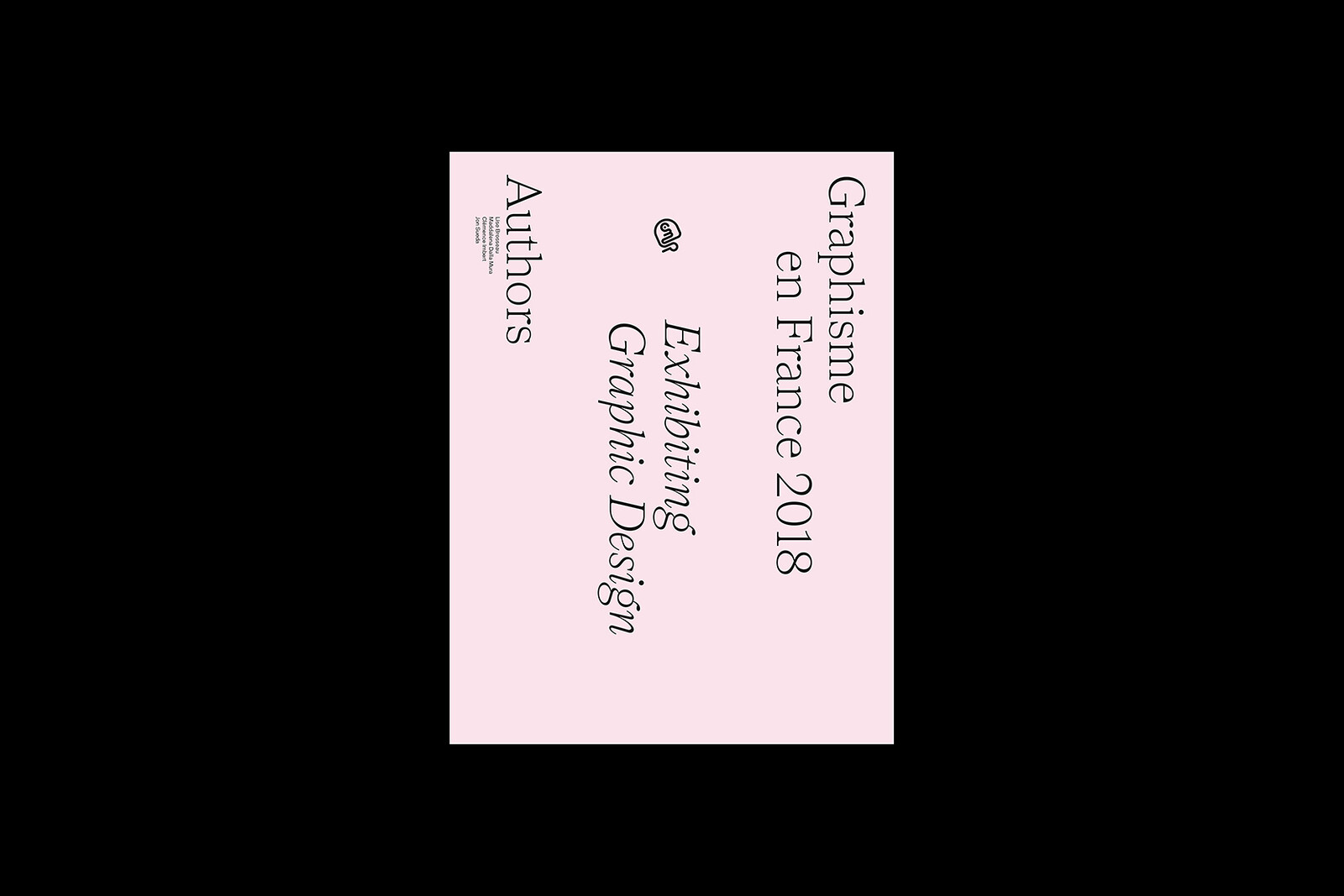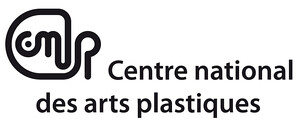Issue 24 out now “Exhibiting graphic design”
The 24th edition of the publication Graphisme en France has been launched, published by the Centre national des arts plastiques (Cnap). It addresses the question of curatorship and the exhibition of graphic design.
Traditionally dedicated to posters or to particular graphic designers, the 1990s saw the emergence, particularly in the context of graphic design festivals and biennials, of exhibitions proposed by curators who were themselves graphic designers. Since then, these curatorial practices have made their appearance in teaching programs and have also been the subject of research programs. The shifting of graphic design—a functional object which is intrinsically exhibited, being both multiple and intended for the widest possible audience—into the context of the museum or the gallery, raises a certain number of questions.
These are the subjects dealt with in a number of previously unpublished articles, commissioned from historians and designers, which address, for the purposes of contributing to an ongoing thinking that is indicative of the current practices and research on an international level. With each one of the contributors, in recent years, pursuing specific research which simultaneously questions the status of objects, display mechanisms and questions of knowledge and transmission that arise from them. Through these contributions Graphisme en France has the intention of nourishing a thinking that is indicative of the current practices and research on a subject that requires a consolidation of references and resources in order to forge its own history.
And so, researcher Clémence Imbert looks back over the history of exhibitions of graphic design, Italian researcher and teacher Maddalena Dalla Mura looks at the figure of the curator/ graphic designer, based on exhibitions that have been organized all over the world. Lise Brosseau, who is currently preparing a thesis on the curatorial practices of graphic designers, analyzes their possible impact on the construction of a specific discourse. Finally, Jon Sueda, designer, teacher and exhibition curator shares his questions and thoughts, based on his own experience and his practice.
The graphic design of this new edition was entrusted to Camille Bonnivard, a young graphic designer, graduate of the École européenne supérieure d’art de Bretagne de Rennes, where she contributed to a number of educational projects that experimented with the question of exhibiting graphic design. Her proposition plays with the graphic codes of the exhibition catalogue, of the poster, the caption and notions of scale. She has chosen to use Emilie Rigaud’s typeface David, along with Nantes by Luzi Gantenbein.
This publication highlights the initiatives, which continue to be numerous, and supported by all of the spaces involved in the promotion and development of graphic design and typography, all over France, proving the existence of a true network for distribution, something that the Cnap has always supported and valued.
Graphisme en France was launched at the École européenne supérieure d’art de Bretagne of Rennes on May 16, with a conference featuring interventions by Camille Bonnivard, graphic designer of Graphisme en France 2018, Clémence Imbert, researcher and teacher, Isabelle Jégo, Marjolaine Lévy and Kévin Donnot, teachers from the EESAB of Rennes and Véronique Marrier, Head of the graphic design department of the Cnap.
Graphisme en France is published each year and has a print run of 10,000 copies in french, available free of charge throughout the French cultural network. The publication in english can be downloaded online, using the application of the Art Book Magazine digital bookshop, and on www.cnap.graphismeenfrance.fr.



